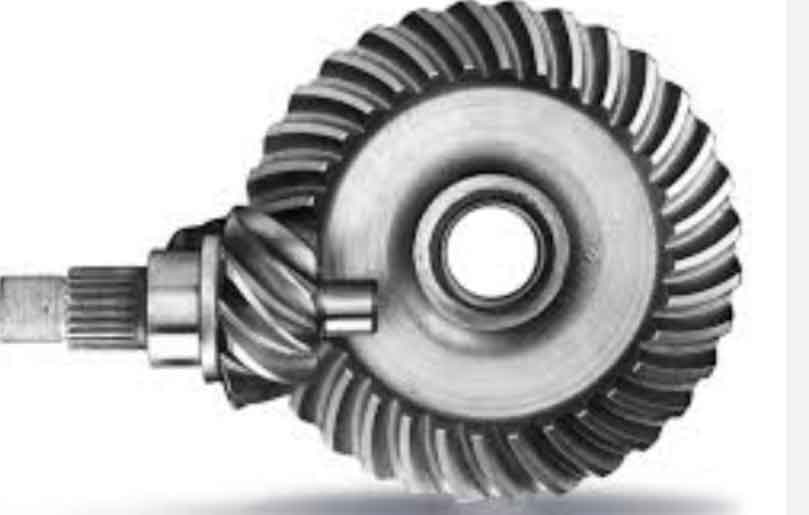
Hypoid gears are a type of spiral bevel gears that offer several advantages in modern engineering applications. They are designed to transmit power and torque between intersecting shafts that do not intersect at right angles, making them ideal for applications where space constraints or specific shaft configurations limit the use of other gear types. Hypoid gears have unique characteristics that make them well-suited for various industries. Here are some ways in which hypoid gears unleash efficiency and power in modern engineering:
- High Torque Transmission: Hypoid gears can efficiently transmit high torque, making them suitable for heavy-duty applications such as automotive drivetrains, industrial equipment, and heavy machinery.
- Efficient Power Transfer: The smooth and continuous tooth engagement of hypoid gears reduces friction and power loss, leading to higher power transmission efficiency.
- Compact Design: Hypoid gears can achieve higher gear ratios in a more compact form compared to other gear types, making them advantageous in applications with limited space.
- Improved Strength: The offset nature of hypoid gears allows for larger gear diameters, resulting in stronger teeth with higher load-carrying capacity.
- Low Noise and Vibration: The gradual tooth engagement of hypoid gears contributes to smoother operation, resulting in reduced noise and vibration levels compared to other types of gears.
- Angular Misalignment Tolerance: Hypoid gears can handle a certain degree of angular misalignment between the shafts they connect, making them more forgiving in real-world applications.
- Versatility in Applications: Hypoid gears are used in a wide range of applications, including automotive differentials, power tools, marine propulsion systems, and agricultural machinery.
- High-Speed Capability: Hypoid gears can operate at high speeds while maintaining their efficiency, making them suitable for applications requiring both high torque and high speed.
- Durability and Longevity: Hypoid gears are designed to withstand heavy loads and offer excellent wear resistance, resulting in longer gear life and reduced maintenance requirements.
- Automotive Applications: In the automotive industry, hypoid gears are commonly used in rear-wheel-drive and all-wheel-drive differentials, where they provide smooth and efficient torque transfer.
- Energy Efficiency: The efficiency of hypoid gears makes them valuable in applications where energy conservation and reduced power losses are essential, contributing to overall energy efficiency in various systems.
- Heat Dissipation: The larger surface area of hypoid gears helps in dissipating heat generated during operation, leading to improved thermal performance and reduced risk of overheating.
It’s important to note that the design and manufacturing of hypoid gears can be more complex than other gear types, which may lead to higher production costs and specialized manufacturing requirements. Additionally, proper lubrication and maintenance are essential to ensure the continued efficiency and longevity of hypoid gears in various applications. Nevertheless, when utilized appropriately, hypoid gears are a valuable choice for unleashing efficiency and power in modern engineering systems.
